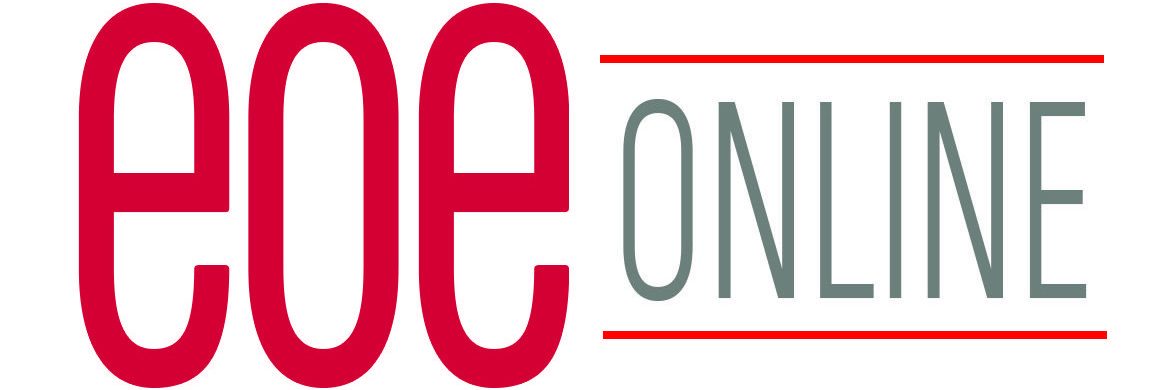
by Faiq Zafar
In this article, we shall discuss the 20 most disabled-friendly countries in the world. To skip our detailed analysis of the importance of diversity, equity and inclusion (DE&I) practices within the current business landscape in 2023, go directly and see 5 Most Disabled-Friendly Countries in the World.
According to a 2018 report by McKinsey, the correlation between disability inclusion and the probability of financial outperformance will only continue to strengthen and bolster with the passage of time. Based on one of the organization’s most extensive data sets ever conducted in the most disabled-friendly countries in the world, the report discovered that slow growths in diversity and inclusion initiatives within an organization almost always lead to hyper polarization amongst employees in specific, and a tenuous and inhospitable work environment within the company, in general. The report also highlights that companies which tend to make enormous strides in incorporating a DE&I approach to their human resource machinery often undertake a business-led view. The McKinsey report outlined clearly that companies which accommodate disabled individuals within their workforces tend to outperform less inclusive peers dramatically. According to the report, companies in the top-quartile for disability inclusivity on executive teams were 45% percent more likely to have above-average profitability than companies in the fourth-quartile. The greater the level of inclusion, the higher the likelihood and scale of outperformance.
Gender diversity and inclusion is another factor which is causally related with outperformance in business. Companies with more than 30% women executives are generally better-positioned to outperform companies where women represent less than 10% of the workforce. Despite the fact that overall progress on gender and disability inclusion has been slower than initially expected, this does not consistently apply across all organizations, many of which are located in some of the most disabled-friendly countries in the world. Companies like Apple Inc. (NASDAQ:AAPL), Microsoft Corporation (NASDAQ:MSFT), and Mastercard Inc. (NYSE:MA) have gone further than most companies to ensure diversity, equity, and inclusion in their respective operations and have paved the way for other companies to follow suit. To know more about companies which incorporate a robust diversity and inclusion policy, check out our article on the 20 Best Companies to Work For in 2023.
Ensuring Digital Accessibility For The Visually-Impaired
Post the pandemic, consumer interaction with digital devices has quadrupled. However, companies are only now waking up to the fact that although digitization has streamlined everyday tasks for many consumers, it has not always provided an optimal customer experience for everyone. More than two billion people around the world identify as visually-impaired or low vision. The current state of the technology industry either ignores or misunderstands the enormous potential that this market represents. According to an article by McKinsey, there is enormous opportunity for companies like Apple Inc. (NASDAQ:AAPL), Microsoft Corporation (NASDAQ:MSFT), and Mastercard Inc. (NYSE:MA) to cultivate strong, loyal relationships with this enormous segment of the market, especially in some of the most disabled-friendly countries in the world. The article projects that companies with inaccessible websites and digital strategies lose more than $6.9 billion annually as frustrated consumers with disabilities shift to competitors who offer more inclusive customer experiences. This cost to companies is expected to surge by 2030 as demand for accessible products and services skyrockets amidst rising life expectancy and a rapidly aging population.
Visually-impaired internet users forego more than 70% of their e-commerce and social media interactions because of inaccessibility, forcing them into considering more accessible options. In a survey, McKinsey discovered that disabled respondents cite digital trust as one of the most important considerations when purchasing a product, followed by product cost and delivery time. In other words, to navigate around inflationary pressures and other macroeconomic headwinds, companies can bolster resilience by engaging and securing this segment of the market which is relatively less concerned about product pricing. According to respondents, inaccessibility drives them to abandon entire market segments and companies altogether. To navigate around this, companies are diverting greater investments in some of the most disabled-friendly countries in the world to build up an accessible portfolio and improve customer experience for people with disabilities. One of the ways companies tend to achieve this is by activating accessibility and equity through inclusive design. Respondents have continually cited that cohesive user interfaces, collaborative design practices, and persistent improvements and upgrades are the foundational elements of good design and that good design and inclusive design tend to go hand-in-hand. Investing in good customer experience across the board is more cost-effective than addressing accessibility concerns after the fact.
To read this article in its entirety at yahoofinance.com, click here.
